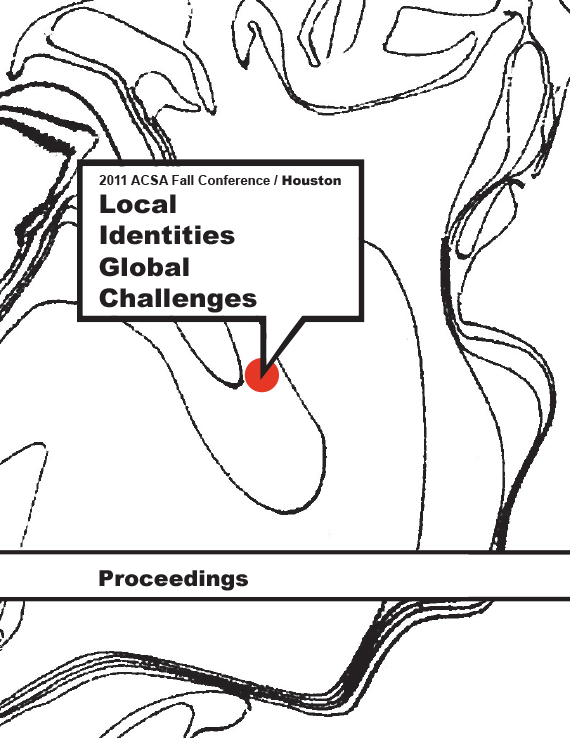Author(s): Wendy Fok
As more than half of the world’s population is expected to continue to live in cities, exponential urban development and population growth along with infrastructural increase are considered as parallel concerns and topics of discussion. The purpose of this design project abstract is to better understand the application of simulation and dynamic approaches to investigate on potential design applications for Architects and Urban planners to be responsive to the needs of the urban environment. The topic of discussion, which has been in the past fifty years, and will continue to be under relentless scrutiny given the challenges of ecological changes, sustainable anxiety, and those aspects of urban development deal with design processes that consider the urban fabric and taking into account to the scalability of agricultural and ecological research, which has been and will continue to be a necessary requirement for future city planning. To better understand the repercussions within the current state of the world, case studies developed in past studios were developed using three international major ‘hit’ zones: Orlando Florida (predicted to be 60 meters under water within the next 100 years), Hong Kong, China (an edge city historically influenced through a Western persuasion, which consistently suffers with overpopulation), and Vienna, Austria (a land-locked European city situated between the East and West of Europe, based on the Treaty of Lisbon Agreement and the “Raumplan”). These three locations were used to develop topological research proposals of inquiry of alternative energy solutions that anchor itself within the system of developmental research using non-solar and non-wind driven sustainable energy solutions. The case studies were developed through three different studios in collaboration with the University of Applied Arts Vienna (die Angewandte fur Kunst), the Chinese University of Hong Kong, and the University of Florida – Gainesville over recent years. The case studies explored the biological proposals of ecological effects and technique, whereby each researched location was based on a manifold of environmental conditions defining the ecological designs. Topics of design used both analog and digital tools to further Urban Strategies as related to each individual city. Much of the research originated through finding innovative forms of connections and quest for paradigms within digital designs applied to sustainable urban cities. Investigations partially manipulated, maximized, and extended the potentials of fabrication as a means of developing variable conceptual means of investigations between a discussion of global benefits, agricultural investigations, and Urban Strategies of cities. The dominate theme within the developmental proposals questions whether ‘now’ is the time to actively ponder the role of architects, designers, and urban planners, and whether we should intervene within the social domain in search of a new set of relationships between democracy, individualism, sustainability, and capitalism. Whether the ecological, economical and equity are balanced within a triangular relationship between urban development and our sustainable future cities. Many of the proposals systematically questioned the authenticity of current cities, and whether the regard of sprawl and dynamic urban growth has affected the developmental behavior of the human understanding of places and non-places.
Volume Editors
Ikhlas Sabouni & Jorge Vanegas

 Study Architecture
Study Architecture  ProPEL
ProPEL 
